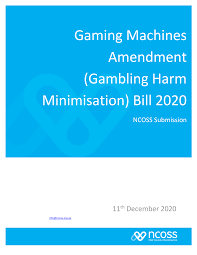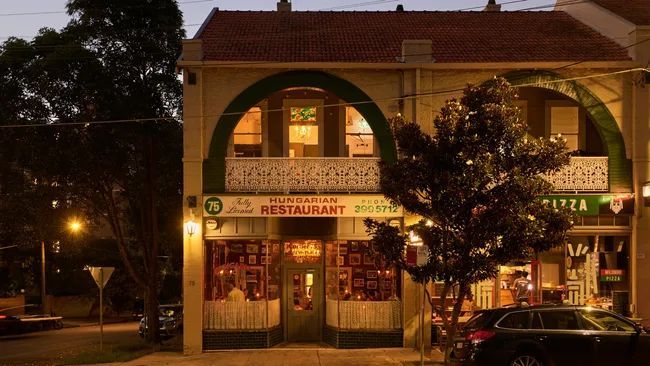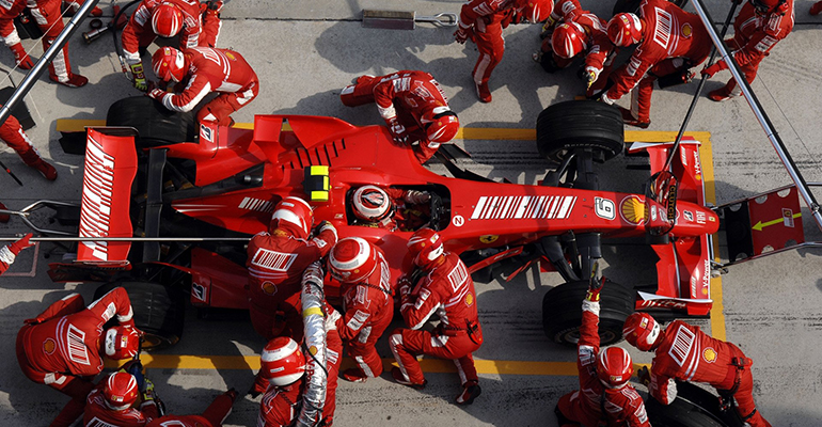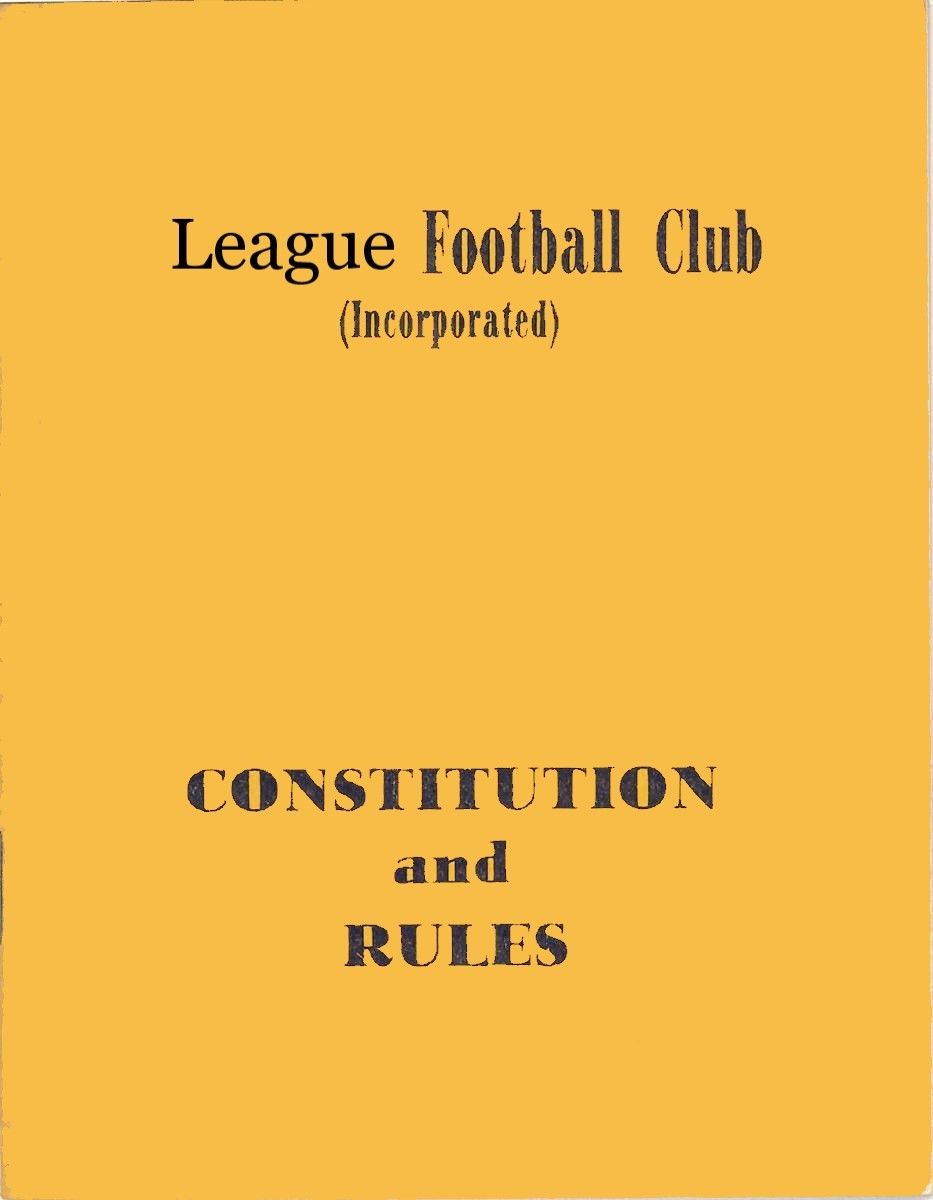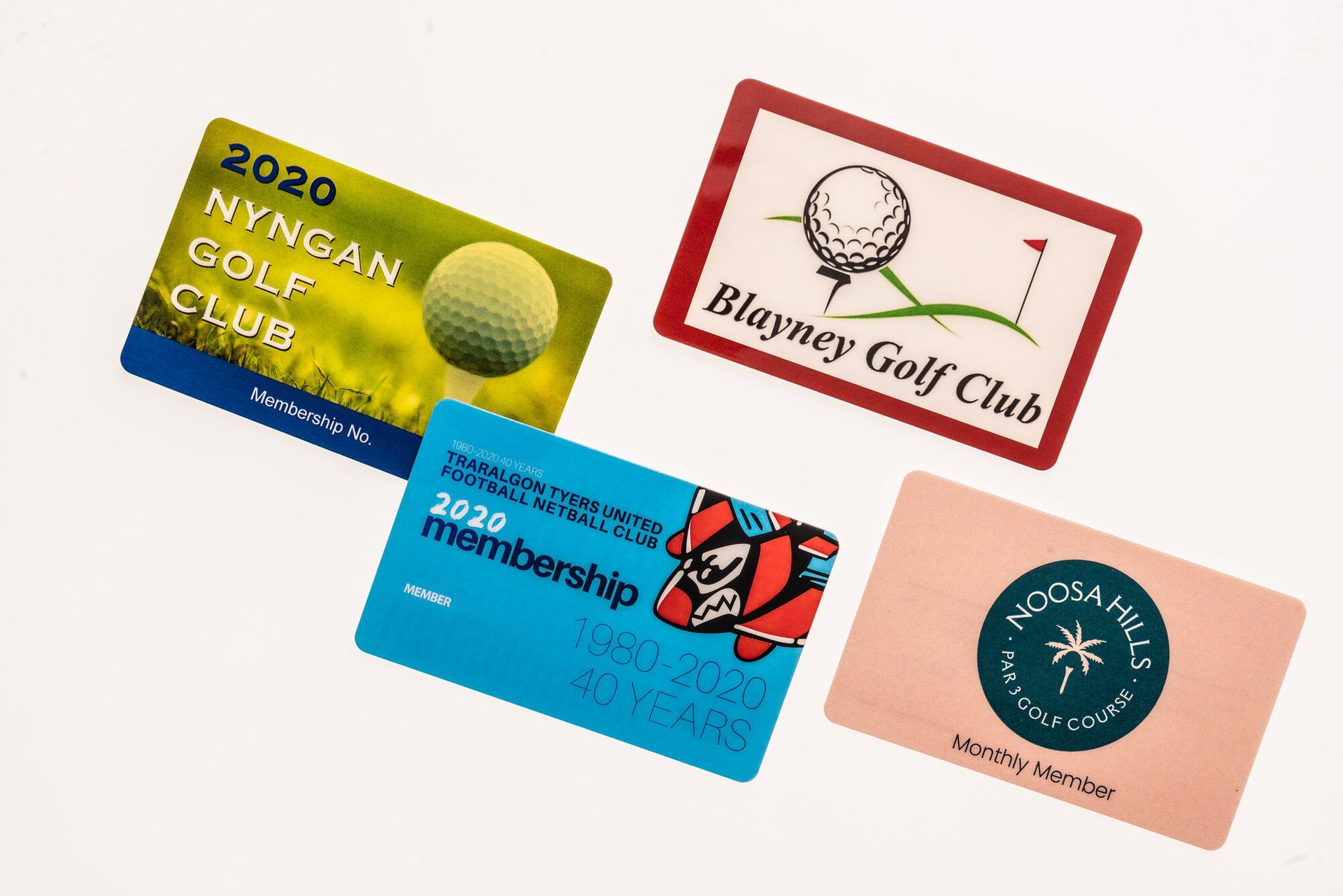Marketing vs. promotion…
Should I focus on marketing or promotion?

Should I focus on marketing or promotion? What will drive in the most customers? Well let’s start by clarifying that promotion(s) is a function of marketing. Marketing actually encompasses product and service development, product manufacture and distribution (where applicable), service delivery, advertising, sales, promotions and social media communications.
In hospitality, most products or services require the customer to attend our premises to consume the product or service, so a key issue in promotion, is driving visitation to our venues. What are the keys to driving visitation? (If I knew the definitive answer here, I could retire a wealthy man).
In order to design effective marketing, including effective promotions, we need to consider -
x Who – are you trying to attract/communicate with?
x What – are you trying to say and achieve?
x When - do you want to make this happen?
x Where – do you want them to come to?
x Why – should they deal with you and not a competitor?
x How – can we facilitate the ‘communication?
Let’s look briefly at all of these points.
WHO
Part of the essential first step of marketing, and the associated promotion, is knowing ‘who your customer is’. In a club, pub or restaurant, the target audience is club members, regular patrons (of all three venues), passing trade and specific visitors. In a club, the demographics can include an age range of 18 to 80 plus, low income and high income individuals or groups, males, females, families, singles and business clients. So, the marketing (advertising and promotion) will need to be tailored to each significant segment of your audience.
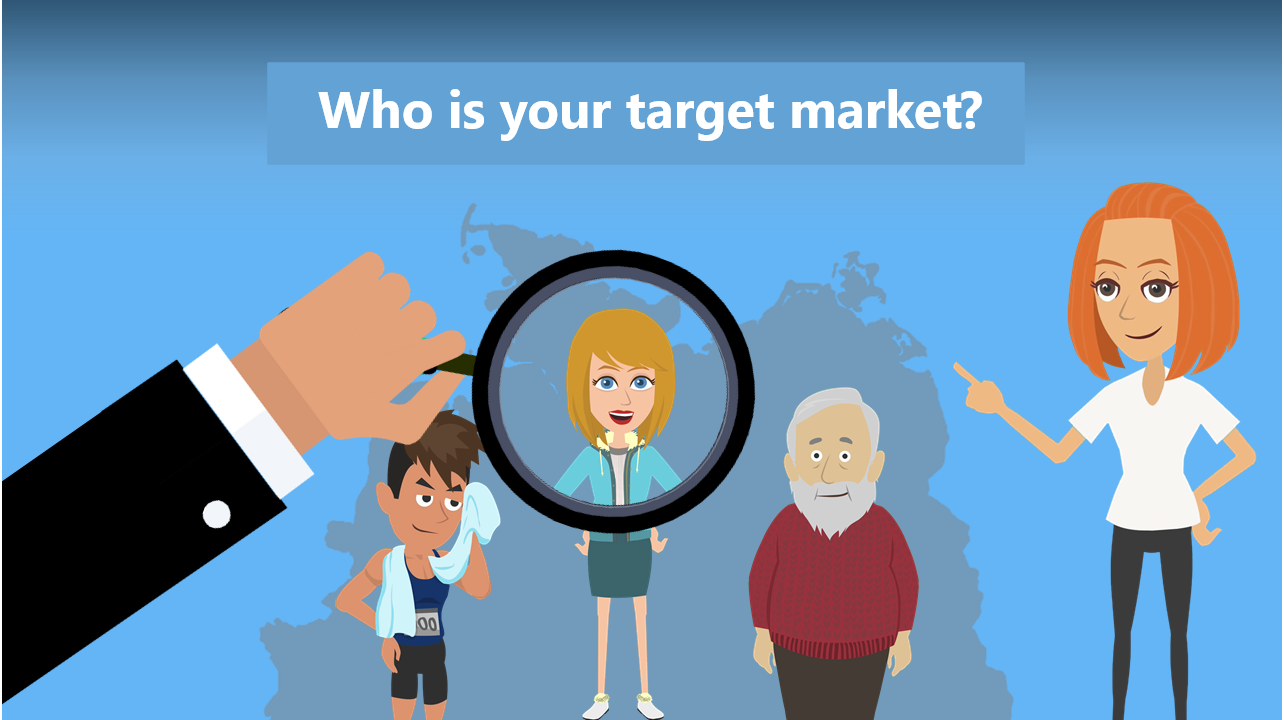
Your point of sale (POS) data should be able to provide valuable insight into who your most profitable customers are, who are the most frequent visitors, who are the foodies, the drinkers, the ones coming in for gaming, wagering or other forms of entertainment and the individuals or groups involved in any sporting activity your venue provides (mainly clubs of course).
With clubs and pubs, the rewards programs, that may be linked to overall spend or gaming activity, will provide further insight into which type of member/patron is most regular and profitable to the club. Whilst we work to reduce reliance on gaming profits, we should be looking at how best to manage the key profit centres of the venue, and this includes targeted communications to those specific client segments.
In a restaurant, your sales data will provide guidance as to the type of food and beverage that is most attractive to your clientele and identifying who the key segment(s) is (are) and then looking for more similar people, will be the key to Who. Depending on your circumstances, this may be individuals, families or other types of groups – like business diners if you’re located in the CBD (of your city or town).
WHAT
What is your message? What are you trying to say? Other than advising people of a product, service or specific promotion, does your message have a ‘Call to Action’? Your message needs to invite all your target segments to visit the club, pub or restaurant, as that is what you need to generate revenue. In limited circumstances, you can generate turnover without the customers attending the premises (online raffles especially during COVID worked well) and home delivery of food.
In most situations you actually want people to come into your venue, so there are multiple opportunities to upsell them, and generate revenue from food and beverages (for all three) and gaming and wagering in clubs and pubs. So, your message (read offer) has to be compelling, in offering something the customers cannot necessarily get at home.
WHEN
Here is where your message needs a ‘Call to Action’. We want patrons to visit us regularly, so there may be words like ‘Today…’, or ‘Now’ or ‘time’s running out…’. This should entice regular and more immediate visitation. You can of course forward plan your customers’ visits by providing a program of events, or offers, for future dates, ensuring ongoing visitation, further down the track.
Here you will be advising ‘Upcoming Events’ or ‘Next month’s Specials’ or known calendar events like Valentine’s Day, Mothers’ and Fathers’ Days, State of Origin, Easter, Melbourne Cup and Grand Finals, like the Women’s World Cup Grand Final on Sunday 20 August 2023 (Go the Matildas!!).
I am a fan (as you will know from my previous newsletter on Marketing) of a rolling 12 month calendar of events/promotions, so you know what is coming up and can plan the comms around it to ensure you give people a reason to visit all the time.
Have you checked your database to see the frequency of visitation (especially in clubs with a member database)? Some people com daily, or a couple of times a week or just once or twice per year, but it is important to know what the average frequency is. And if your data has it, the average spend per visit.
WHERE
Ok, this might be an obvious one – your venue. But for larger establishments (especially clubs with multiple venues and facilities) you may want people to visit a particular venue (golf club or services club), or part of the venue – dining, sporting, entertainment (live shows etc.) or special degustation type events – which entail inviting them to a particular part of the club, pub or restaurant venue.
Some clubs are actually set up to have certain areas for different demographics – e.g. The Junction at Moama Bowling Club and Lady Banks at Bankstown Sports Club, or the Fernery at the Mosman Club. And of course, if you have a specific event space, like the Coliseum at West HQ, that is a specific part of your venue you are inviting attendance to (albeit with a lower frequency of visit).
Our sporting clubs of course may have promotions relating to the sporting facilities, so the golf course or specific tournament, bowls competition, football matches or sailing regattas are all part of the location mix. The Where will often mix with the When and this will help make a compelling offer to visit the club, for one off BIG events, or regular weekly or monthly events that should drive visitation.
WHY
This is where the secret sauce is required – Why should they come to your venue and do business with you and not your competitor down the road? Herein lies the challenge to differentiate yourself from the other offers out there.
Selling the WHY is critical for the millennials – they will engage with you if they understand Why you do what you do. Older generations are looking for the ambience in venue and the knowledge that you support the community effectively. In my opinion, this will go back to two key factors:
x Your Core Objectives – supporting the core function of your club and your ability to serve your community;
x Your Venue ‘Feel’ – is your venue a welcoming, inclusive, diverse and friendly environment to be in? Will people understand that part of your why is because you and your staff love to serve and assist people in any way you can?
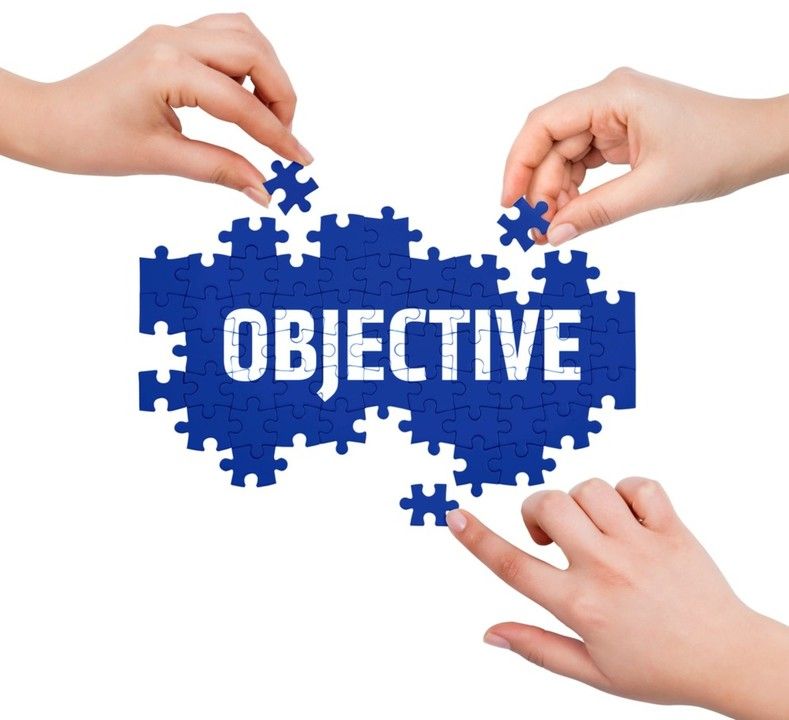
For clubs, a critical part of communication the Why is letting the members, patrons and community know who you support. This is telling everyone Why you’re in business – to generate profits to give back to the community and provide the sort of assistance that the Government struggles to provide from our taxes.
For pubs, other than owner’s goals, there is a community connection, often on a lower scale than clubs, but they all endeavour to also provide a sanctuary where people feel comfortable to come and relax, enjoy themselves and be entertained.
With restaurants, the why is all about a taste sensation for the customer. Sensory explosions that make the diner go “Oh WOW”, with every mouthful, and so the chef/restaurateur gains pleasure from witnessing the sensation of culinary satisfaction that the customer enjoys.
Now that is never the why for Maccas or fast food chains, but the true restaurateurs, for whom food is life, are definitely driven by the why of imparting that level of gourmet pleasure to the patrons.
HOW
Finally, we come to the ‘How’. How do we best market and promote to our members, patrons and community? Your market segmentation will guide the communication channels (for advertising or marketing) you need to utilise to reach your various target segments.
Older members/customers/patrons usually prefer hard copy communications like a printed newsletter, flyers on specific events, ads in the local newspaper and maybe the odd radio advertisement.
Baby Boomer generation will happily take emails and are getting used to messaging options like phone apps, WhatsApp or SMS marketing and obviously will respond to internal advertising on in-house TV screens.
From Gen X onwards, and particularly the Millennials, you absolutely need to communicate via smartphone apps. If it can’t be done on a phone, then they are just not interested. QR codes are also very powerful with that generation and even Boomers and Gen X are catching up on those and their convenience for transferring information.
Promotions can be handy in providing specific products, services or events to entice additional visitation by all your potential clients. Promotions can include sampling of food or beverages, trial usage of venue facilities (like the gym or pool or squash courts) and of course the key calendar events we listed earlier, especially Mothers’ Day, Valentine’s Day and Melbourne Cup Day.
Large clubs and pubs, and restaurants or restaurant groups, will no doubt have dedicated staff, or departments, to manage their marketing and promotions. Micro and small clubs, individual pubs and restaurants will rely on the chief executive, or owner or manager, to drive the marketing and promotions. Some will outsource these functions to expert consultants, when they understand that they don’t necessarily have the knowledge or skill set to drive this part of the business.
In summary, promotion is a component of marketing, the overall driver of strategies to drive visitation into any venue. Importantly, marketing that works in increasing visitation and revenue is an investment, whereas marketing that is unsuccessful is an expense. This makes your marketing, and associated promotions decisions, critically important and should be measured for results.
For more information or a review of your marketing and promotions, contact Ron Browne, Managing Consultant 0414 633 423 or ron@extrapreneurservices.com.au
